Why winter cabbage is the dish of kings
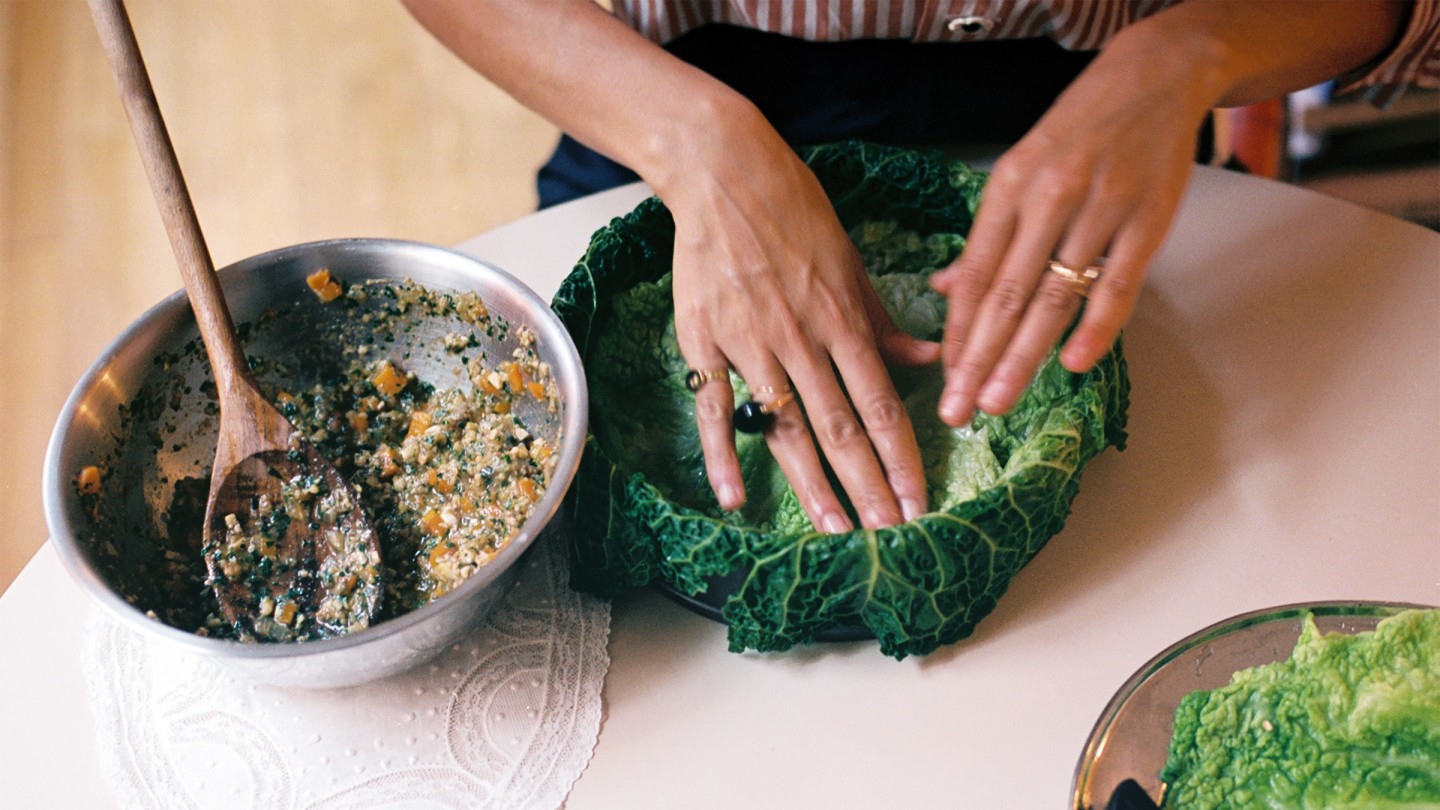
Roula Khalaf, Editor of the FT, selects her favourite stories in this weekly newsletter.
This time of the year there is a lot of talk around healthy eating, wellness and – maybe my least favourite term of all – “clean eating”. I’ve never really understood what people mean by clean eating. What makes food “clean” versus “dirty”? To me, it simply means whole fruits and vegetables (and sometimes animals), grown and raised well, and cooked and seasoned properly, with salt and a little fat.
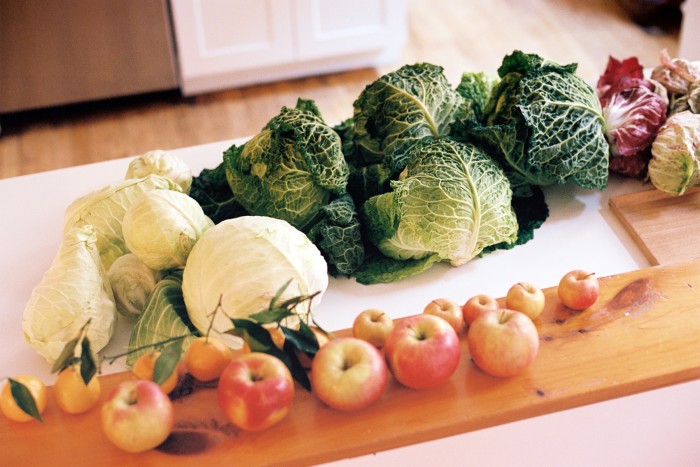

In my eyes, cabbage is the perfect embodiment of that. It is easy to grow, satisfying, nutritious, inexpensive and generous. A whole head of cabbage can yield many meals for many friends. And when cooked with care and consideration, it can also feel indulgent. Who says healthy eating shouldn’t be indulgent? Cabbage is a perfect 10.
I understand the scepticism. After all, it’s hard to name a vegetable that’s more paradoxical. On one hand cabbage is universal and beloved, and on the other it is loathed. Almost every culture has its own way of preparing or preserving it. I grew up watching my grandmother in Cairo neatly laying out blanched cabbage leaves on a marble counter to prep them for their ration of rice. Each leaf was meticulously folded onto itself and wrapped like a perfect little parcel. The parcels were uniform in size – long and lean, like soldiers standing shoulder-to-shoulder. They would then be lined up in a large pot, and get a steaming.
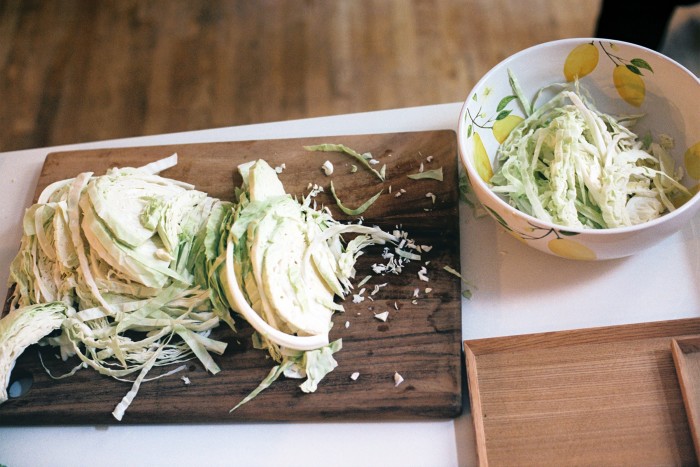
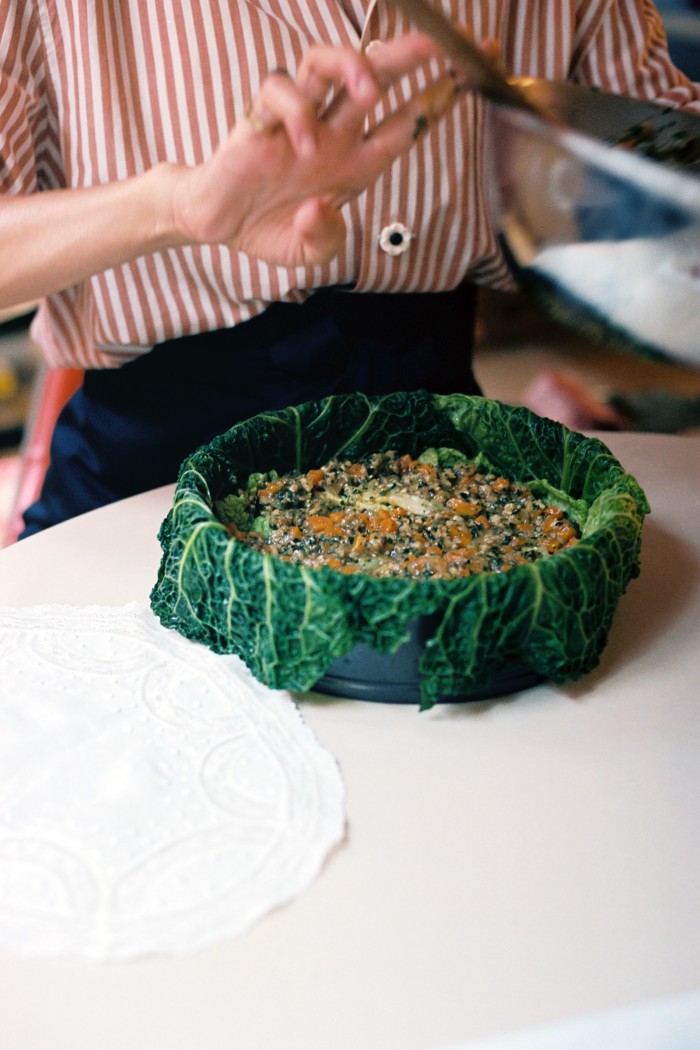
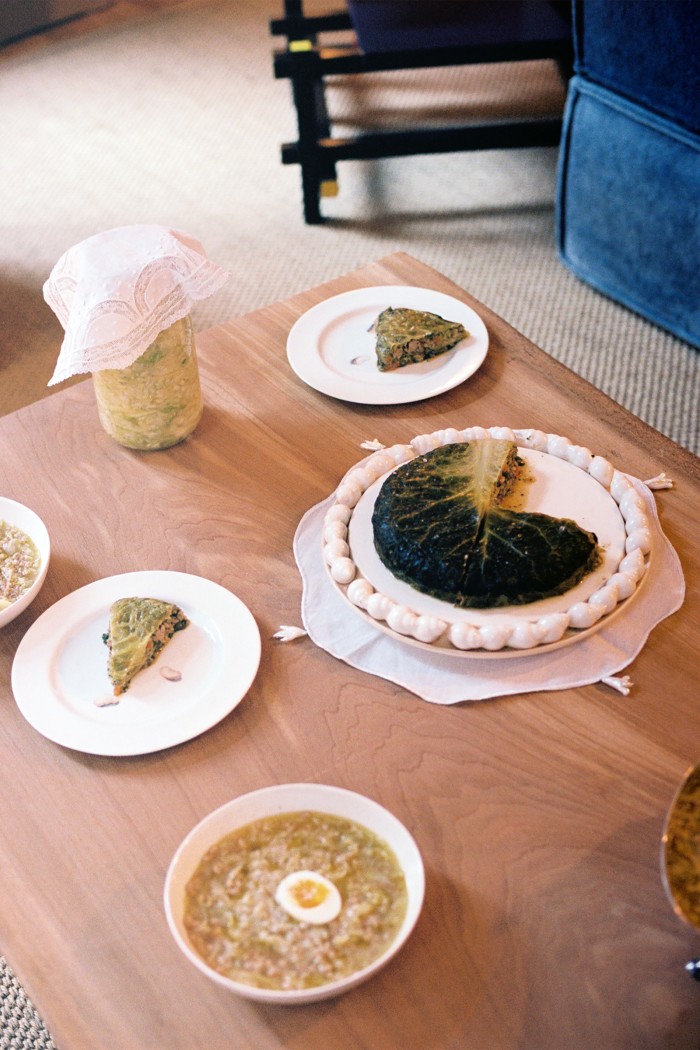
I’m still fond of stuffed cabbage but prefer a preparation that layers the cabbage leaves on top of each other, as opposed to stuffing them individually. The process is less time-consuming and the result more beautiful. As the farmers’ market in New York, where I live, becomes more limited at this time of the year, there is no better time to build a menu around one of the few vegetables that comes into season.
I like to start with a cabbage soup. Cabbage makes a soup that is richer than the sum of its parts. A few simple ingredients can result in something far more decadent. Consider this less of a recipe and more of a blueprint. Gather a head of cabbage (any type is fine), two onions, two cloves of garlic, a bay leaf, a piece of parmesan cheese, and half a cup of starch of your choice. This can be farro (my favourite), or rice, or even some cubed potatoes. Remove the cabbage core and other tough parts before chopping with the onion and garlic. Sweat the onion in some olive oil, butter and salt. Add the cabbage, bay leaf and garlic, and cook, covered, until the cabbage has softened – for about 30 minutes. Then cover with water, add a piece of parmesan rind and the starch you are using. Cook for another 30 minutes, or until the starch is soft. I like to serve cabbage soup with a soft-boiled egg, and shower with more grated parmesan and a little olive oil. Dish it up in a fancy silver tureen and you have yourself cabbage soup royale.
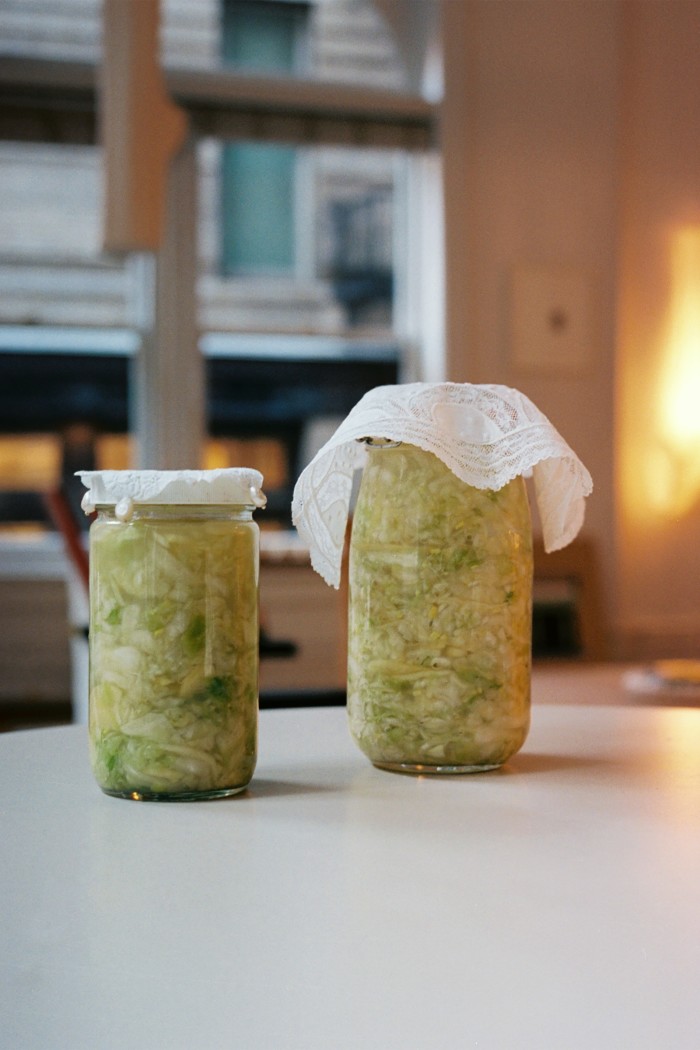
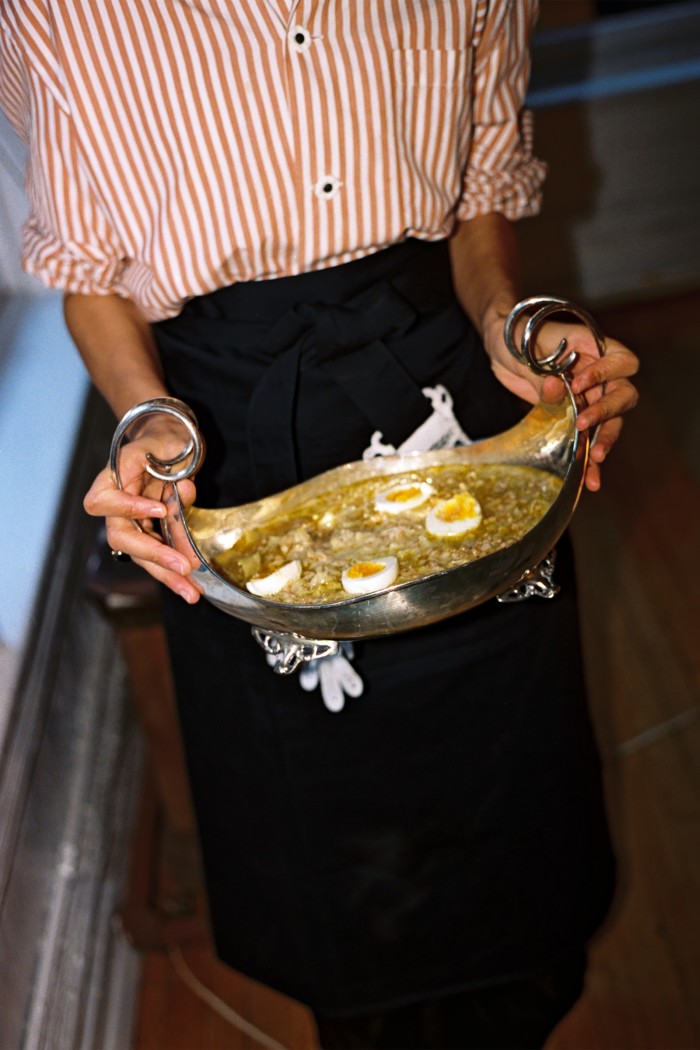
There is something really nice about serving a hearty soup in winter as a main course, but if you’re looking for a more elaborate preparation here is a stuffed cabbage – or chou farci – recipe that makes another glorious meal out of the humble cruciferous. It is a vegetarian recipe without meaning to be – sometimes my favourite kinds of recipes. The mushroom filling feels hearty and rich. The end result is cabbage fit for kings – but the steps to get there are relatively simple.
Chou farci
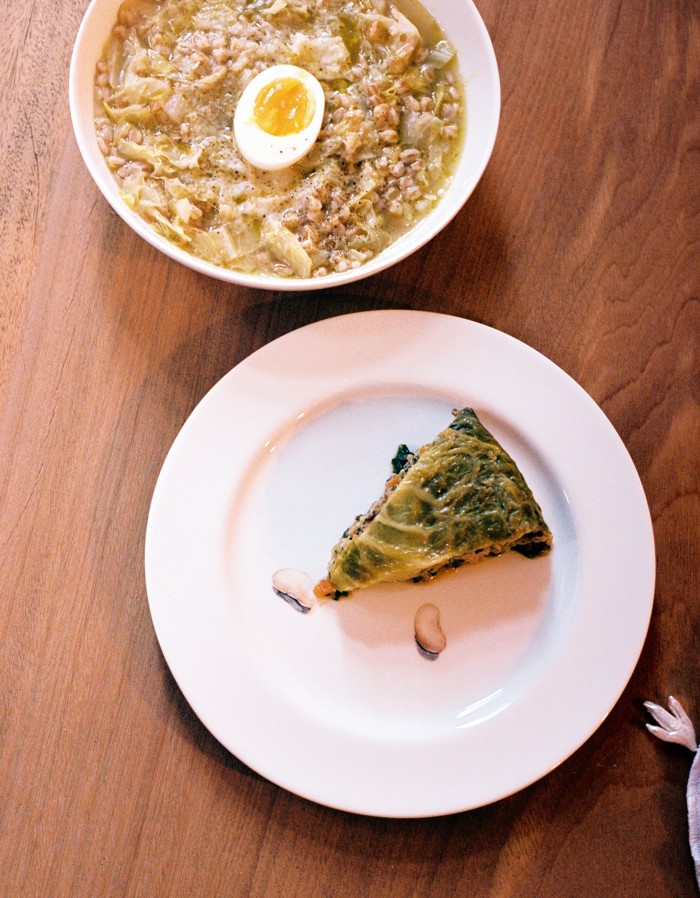
Bring a large pot of water to the boil. Season liberally with salt. Core the cabbage and gently separate the leaves. Working in batches, blanch the leaves in the boiling water for five minutes. Drain, and cool on the counter in a single layer.
In a large pot, add two tbsp of butter with 2tbsp of olive oil and cook the onion with the bay leaves for a few minutes. Add the garlic, carrot, thyme and mushrooms, salt, and cook for another 10 minutes. Add the tomato paste and keep cooking until most of the water has cooked out. Add the cup of stock and cook for a further 10 minutes. Taste for salt. Transfer to a bowl and allow to cool.
Butter a 22cm spring-form tin and put a large cabbage leaf, vein-side down, at the bottom. If the leaves are too curved, remove a little part of the thick rib. Add more leaves and arrange, slightly overlapping, until you’ve covered the bottom of the tin in one layer. Allow some leaves to hang over the sides of the tin.
Pre-heat the oven to 175°C/350°F/gas mark three. Once the vegetables have cooled, add the beaten eggs, breadcrumbs and chopped parsley, and mix. Spread about one-third of the mixture onto the cabbage leaves in the tin. Use one or two leaves to create a layer of leaves on top of the mixture. Add another third of the mixture. Repeat with leaves. Add the rest of the mixture and top with leaves. Bring the leaves in over the edges to form a nice tight package. Slice 2tbps butter into small cubes and dot on top. Drizzle with olive oil.
Cover the tin with aluminum foil and bake for 30 minutes. Remove the foil and continue cooking for another 10 minutes. The cabbage should be slightly brown, and soft throughout. Allow to cool, flip onto a plate, and unmould.
Comments